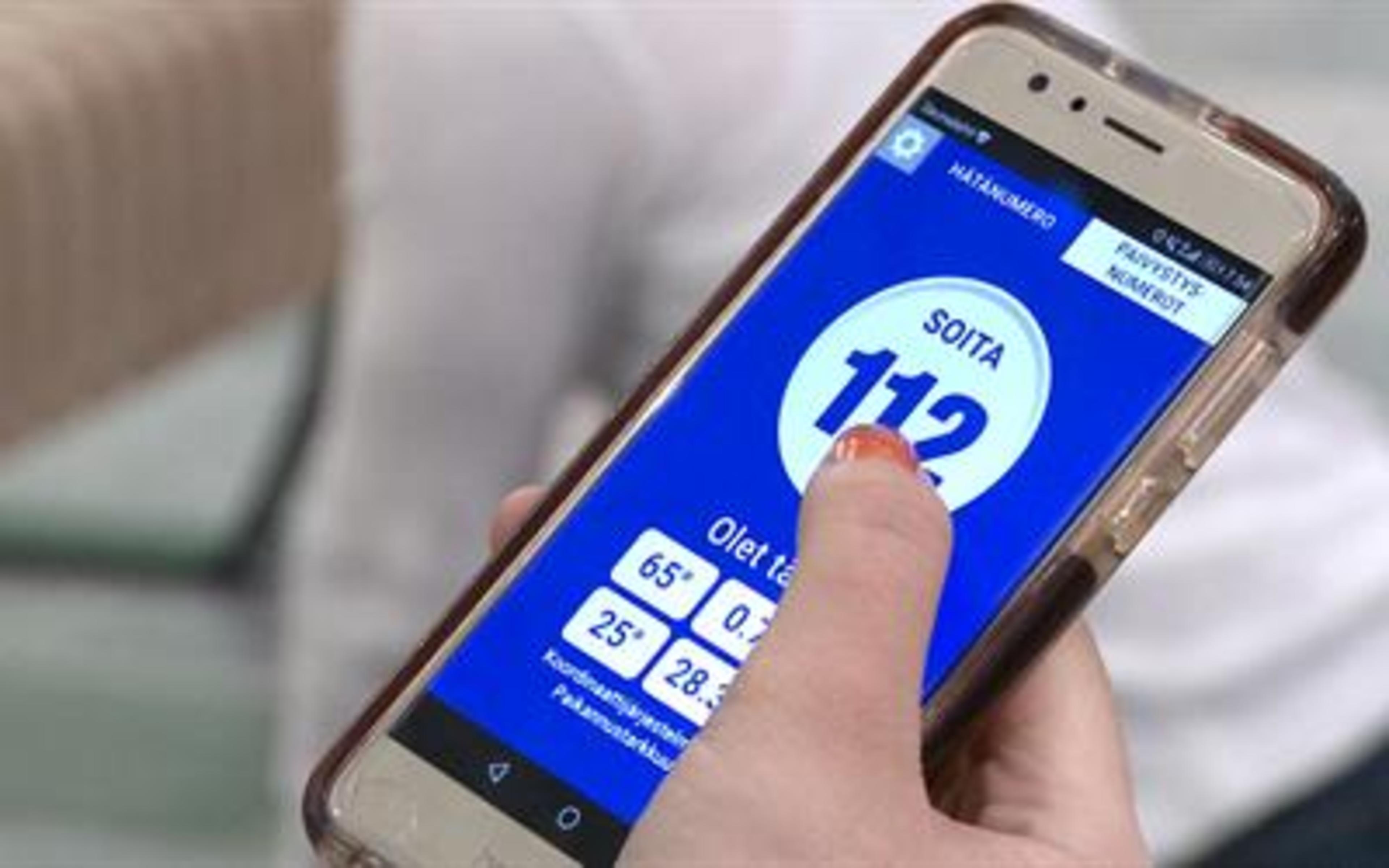You should always call the emergency number 112 in an urgent, actual emergency when someone’s life, health, or property or the environment is in jeopardy, or if you suspect this may be the case.
Only one emergency number, 112, is used in Finland.
You can call 112 even if your cell phone uses a foreign service provider. There is no need to dial a country or area code. The emergency number 112 is toll free and requires no area code in all EU countries.
Dialling the emergency number
If the emergency number is temporarily busy, do not hang up! You will hear a recording instructing you to wait on the line for a moment. Emergency calls will be picked up as quickly as possible, always in the order they are placed.
When you call the emergency number 112:
Answer questions
Follow the instructions you are given
End the call only when permitted to do so
During the phone call, the emergency response centre operator will assess the urgency of the need for help based on the information given, and send the appropriate help to the scene. The emergency response centre has no obligation to dispatch an ambulance to a destination simply on request; they will always make the decision to dispatch based on a risk assessment.


